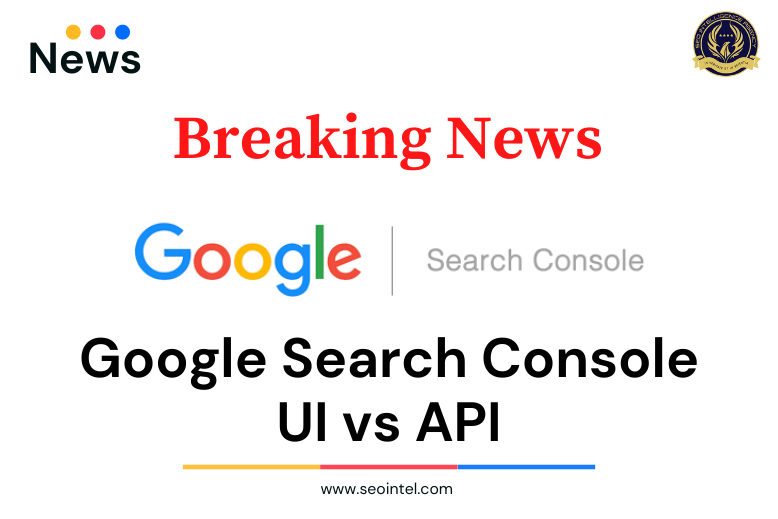
In the Google Search Central SEO Office Hours on January 28, a user compared the data from the Search Console user interface and the data gathered from the API. They asked if the API data is considered more reliable than the data shown in the user interface.
John Mueller answered that the data in the API and the data in the UI are built from the exact same database tables. It’s not that there’s any kind of more in-depth or more accurate data in the API than in the UI.
The main difference between them is that in the API you can get more rows of examples than when you download data from the UI. Sometimes the API is more useful, especially if you have more detailed information.
Another thing that is a little confusing with the API and the data in Search Console is when you are looking at a report in Search Console, you will see numbers on top that give you the number of impressions and clicks overall.
The data in the API is the individual rows that are visible in the table, below the overall data in Search Console. For privacy reasons and various reasons, Google filters out queries that have very few impressions. This means that in the Search Console UI, the number shown is the aggregate full count, but it does not include the filtered information.
What happens when this filtering out of information is that the overall total in Search Console will be different than if you take the total from the API in all the rows and add them up. This difference in numbers can be quite confusing at first, but it’s the same data. They are presented in slightly different ways in the API.
That is quite a lot of insight on the differences in data presentation between the Search Console UI and the API. It looks like if you want to get more in-depth and detailed data, it is best to use the API, as the UI filters out some data that have few impressions.
This is something to check out and consider.